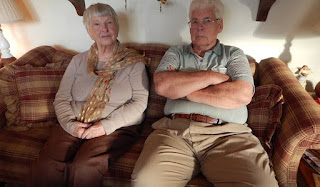 |
| Art courtesy George Arents Collection,
The New York Public Library. Retrieved from http://digitalcollections.nypl.org/items/510d47e4-8261-a3d9-e040-e00a18064a99 |
The CorporateHistory.net team sends best wishes for a superb New Year's weekend!
CorporateHistory.net, a custom publisher and history consultancy, offers tips and tools to leverage company history and business anniversaries.
 |
| Art courtesy George Arents Collection,
The New York Public Library. Retrieved from http://digitalcollections.nypl.org/items/510d47e4-8261-a3d9-e040-e00a18064a99 |
 |
| http://news.microsoft.com/stories/index.html Echoes the classic company print magazine but optimized for online reading. |
 |
From cartoonist Hugh MacLeod’s "illustrated guide to lifeinside Microsoft," part of the Microsoft Stories site |
 |
| Norm and Betty Jo Anderson, Piketon, Ohio 2015. Credit: Lewis Wallace, Marketplace.org |
 |
| Illustration (c) Matt Chase from The Atlantic, December 2014 |